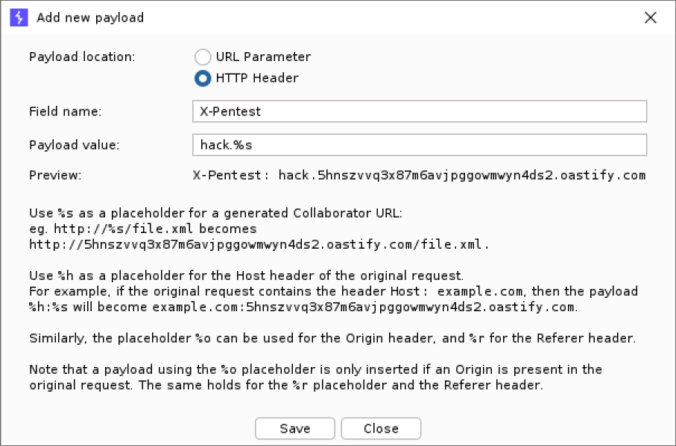NTLM is the legacy authentication protocol in Windows environment. In the past few years, I’ve had the opportunity to write on this blog about NTLM Relaying to DCOM (twice), to AD CS (ESC11) and to MSSQL. Today I will look back on relaying to HTTPS and how the tooling improved.
Compass Security Blog
Offensive Defense
The gRPC framework, and by extension gRPC-Web, is based on a binary data serialization format. This poses a challenge for penetration testers when intercepting browser to server communication with tools such as Burp Suite.
This project was initially started after we unexpectedly encountered gRPC-Web during a penetration test a few years ago. It is important to have adequate tooling available when this technology appears. Today, we are releasing our Burp Suite extension bRPC-Web in the hope that it will prove useful to others during their assessments.
Something a bit wild happened recently: A rival of LockBit decided to hack LockBit. Or, to put this into ransomware-parlance: LockBit got a post-paid pentest. It is unclear if a ransomware negotiation took place between the two, but if it has, it was not successful. The data was leaked.
Now, let’s be honest: the dataset is way too small to make any solid statistical claims. Having said that, let’s make some statistical claims!
The Network and Information Security Directive 2 (NIS2) is the European Union’s latest framework for strengthening cyber security resilience across critical sectors.
If your organization falls within the scope of NIS2, understanding its requirements and ensuring compliance is crucial to avoiding penalties and securing your operations against cyber threats.
Collaborator Everywhere is a well-known extension for Burp Suite Professional to probe and detect out-of-band pingbacks.
We developed an upgrade to the existing extension with several new exiting features. Payloads can now be edited, interactions are displayed in a separate tab and stored with the project file. This makes it easier to detect and analyze any out-of-band communication that typically occurs with SSRF or Host header vulnerabilities.
Kerberos is the default authentication protocol in on-prem Windows environments. We’re launching a 6-part YouTube series, a technical deep dive into Kerberos. We’ll break down the protocol, dissect well-known attacks, and cover defensive strategies to keep your environment secure.
In a previous blog post, we explored the technical side of passkeys (also known as discoverable credentials or resident keys), what they are, how they work, and why they’re a strong alternative to passwords. Today, we’ll show how passkeys are used in the real world – by everyday users and security professionals alike.
In 2024 we looked at the possibility of leveraging open weights LLMs for source code analysis. The answer was clearly negative, as a small code base could easily take 200K tokens, more than any context window offered by open weights models. The table below summarizes the top LLMs by context window as of today. Context […]
Introduction As you may know, Compass Security participated in the 2023 edition of the Pwn2Own contest in Toronto and was able to successfully compromise the Synology BC500 camera using a remote code execution vulnerability. If you missed this, head over to the blog post here https://blog.compass-security.com/2024/03/pwn2own-toronto-2023-part-1-how-it-all-started/ Unfortunately, the same vulnerability was also identified by other […]
Microsoft Azure is probably the most widely used cloud platform in Switzerland, powering businesses of all sizes, from startups to multinational companies. According the the official Microsoft page over 95% of Fortune 500 companies rely on Microsoft Azure in one form or another. With this industry-wide adoption, it has become a critical component of modern-day […]
© 2025 Compass Security Blog









